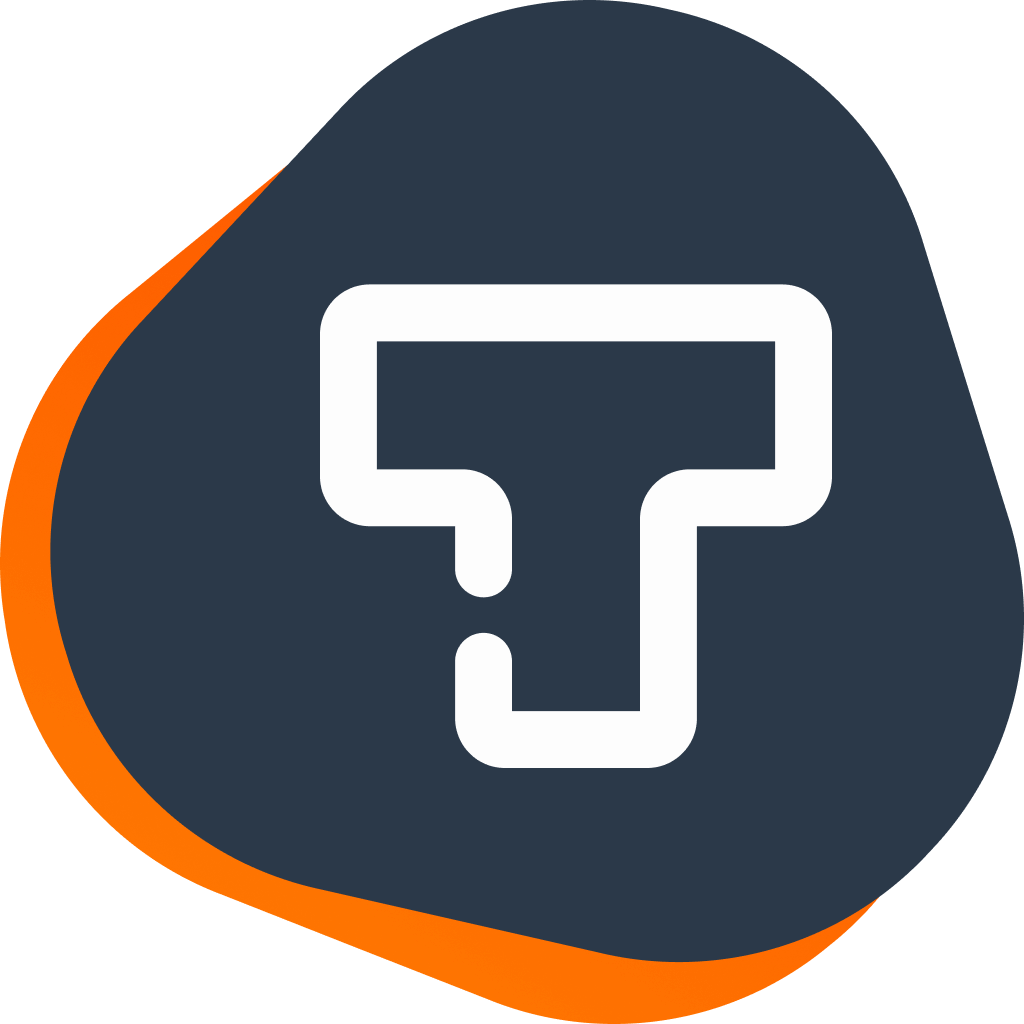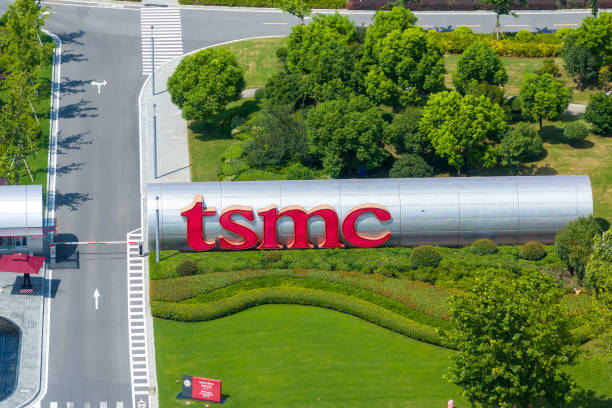TSMC Q2 FY2025 Earnings Review: AI Drives Record Growth Amid Currency, Geopolitical Risks


TradingKey - TSMC (NYSE: TSM) reported its Q2 FY2025 earnings on July 17, 2025, delivering a strong performance that exceeded expectations, driven by surging AI demand and advanced technology adoption. Following the earnings release, TSMC’s stock in the U.S. market surged 4.36% in after-hours trading.

Source: TradingKey
Key Financial Results
Metric | Q2 FY2025 | Q2 FY2024 | Beat/Miss | Change |
Revenue | $30.07B | $20.82B | Beat | +44.4% |
EPS | $2.47 | $1.48 | Beat | +60.7% |
Gross Margin | 58.6% | 53.2% | N/A | +5.4% |
Operating Margin | 49.6% | 42.5% | N/A | +7.1% |
Wafer Shipments (12-inch Equivalent) | 3.72M | 3.13M | Beat | +18.8% |
HPC Revenue | $18B | $10.8B | Beat | +66.7% |
Advanced Technologies (≤7nm) Revenue Contribution | 74% | 67% | Beat | +7% |
Guidance & Conference Call
· Q3 2025 Guidance: TSMC projects revenue between $31.8 billion and $33.0 billion, exceeding consensus estimates of around $31.7 billion. The company expects gross margin to range from 55.5% to 57.5%, with operating margin estimated between 45.5% and 47.5%.
· Full-Year 2025 Outlook: The company has raised its revenue growth forecast to approximately 30%, up from the prior broader range of 20%–30%, driven by strong AI chip demand and favorable wafer pricing.
TSMC’s Q2 performance was largely powered by strong contributions from its 3nm and 5nm nodes, 24% and 36% of wafer revenue respectively. These advanced technologies benefited from sustained HPC demand from major customers such as Nvidia, AMD, and leading hyperscalers. HPC now accounts for 60% of total revenue, highlighting TSMC’s central role in the AI boom. Mass production of 2nm technology is on track for late 2025.
Capital expenditures totaled $9.6 billion in Q2 and $19.69 billion in H1 2025, focused on expanding advanced node capacity and fabs in Arizona, Kumamoto, and Dresden. Despite headwinds from a stronger New Taiwan dollar, gross margins improved due to high utilization and premium wafer pricing. CoWoS packaging capacity was also expanded to alleviate AI chip supply bottlenecks.
Management noted steady smartphone and IoT demand but emphasized HPC as the main growth driver. They flagged currency and overseas fab cost pressures potentially impacting Q3 margins. Geopolitical risks, including U.S.-China tensions, are mitigated by less than 10% revenue exposure to China and a diversified manufacturing footprint.
Conclusion
TSMC’s Q2 FY2025 results reaffirm its commanding leadership in the semiconductor foundry market, driven by robust demand for AI and high-performance computing. While currency appreciation and geopolitical uncertainties pose near-term challenges, the company’s upwardly revised guidance, steady progress toward 2nm production, and extensive global capacity expansion efforts highlight its solid long-term growth prospects.
TSMC Q2 FY2025 Preview: Strong AI Demand Amid Geopolitical Risks
TradingKey - Taiwan Semiconductor Manufacturing Company (TSMC) (NYSE: TSM) is set to release its Q2 2025 earnings on Thursday, July 17, 2025, before the Taiwan market opens. The company will hold its earnings conference call and webcast on the same day at 14:00 Taiwan time (2:00 a.m. Eastern Time).
Market Forecast
Metric | Q2 FY2025 Estimate | Q2 FY2024 Actual | Change |
Total Revenue | $28.8B | $20.82B | +38.3% |
Adjusted EPS | $2.35 | $1.48 | +58.8% |
Wafer Shipments (12-inch Equivalent Pieces | 3.40M | 3.13M | +8.6% |
High Performance Computing Revenue | $14.0B | $10.8B | +29.6% |
Advanced Technologies (≤7nm) Revenue Contribution | 73% | 67% | +6% |
.jpg)
Where Investors Should Watch
Investors should focus on several critical aspects to fully understand the company’s current performance and future outlook. First, wafer shipment volumes and utilization rates for advanced nodes (3nm and 5nm) will reveal how effectively TSMC is meeting strong AI and smartphone chip demand. The revenue contribution and growth trajectory of High Performance Computing (HPC) clients like Nvidia and AMD are also key, as HPC now represents nearly half of total sales. Investors need to assess the share of revenue from advanced technologies (7nm and below), especially the ramp-up of 3nm and progress toward 2nm production, which indicate TSMC’s technological leadership and growth potential.
Margin trends deserve close attention, particularly how gross margins hold up amid premium wafer pricing, currency appreciation pressures from the stronger New Taiwan dollar, and higher costs associated with overseas fabs in Arizona, Kumamoto, and Dresden. Geopolitical risks remain significant although TSMC has heavy exposure to the U.S. market and limited China revenue, with potential impacts from trade tensions and tariffs. Updates on CoWoS packaging capacity and any strategic partnerships will be important for understanding how TSMC manages these risks.
Q3 guidance will offer insight into demand momentum for AI and smartphones. Capital expenditure levels and allocation toward advanced nodes and global expansion will reveal how aggressively TSMC is investing for future growth. Finally, management’s commentary on customer inventory, wafer pricing power, and supply chain resilience will be crucial for gauging the company’s ability to sustain profitability and navigate ongoing challenges.
Conclusion
TSMC’s Q2 results are likely to reinforce its role as a semiconductor powerhouse benefiting from the AI supercycle. While short-term margin compression and currency effects may cause some volatility, the company’s strong revenue growth, advanced technology adoption, and heavy investment in innovation position it well for sustainable long-term value creation.








